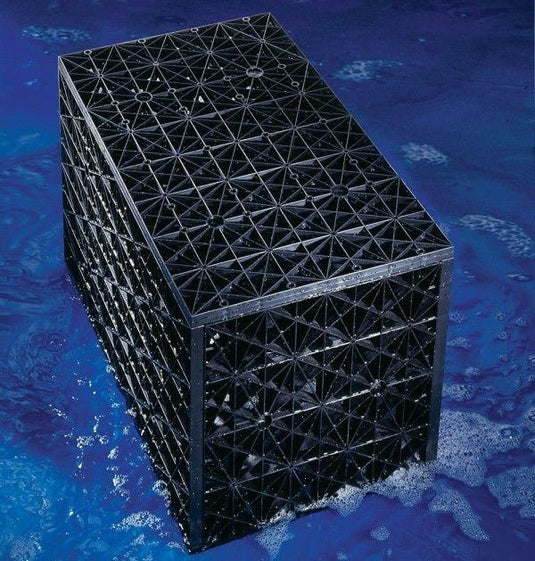Australia is known for its hot and sunny climate, which can make it difficult to keep homes and buildings cool and comfortable. One way to combat the heat is by installing window hoods, which are designed to protect windows from the sun's rays and keep the interior of a building cool. But window hoods offer more than just protection from the sun, they also play a significant role in energy efficiency.
Window hoods, also known as window awnings, are typically made from a variety of materials such as aluminum, timber or polycarbonate and can be installed on the exterior of a building. They are designed to block the sun's rays before they reach the window, which can significantly reduce the amount of heat that enters a building. This, in turn, reduces the need for air conditioning, which can lead to significant energy savings.
According to the Australian government's Your Home technical manual, window hoods can reduce solar heat gain by up to 80%. This means that by installing window hoods, you can expect to see a significant reduction in your energy bills during the hot summer months.
There are many different types of window hoods available, and it's important to choose the right one for your specific needs. For example, if you live in an area with high winds, you may want to choose a window hood that is designed to withstand strong winds. Additionally, if you're looking for a window hood that will blend in with your home's architecture, there are many different styles and colours to choose from. Eco Sustainable House has over 100 options on our window hoods page.
Sustainable buildings
In conclusion, window hoods are an essential part of keeping homes and buildings cool and comfortable in Australia. They offer significant energy savings, prolong the life of your windows, and protect from the elements. With so many different options available, it's easy to find a window hood that will work for your specific needs and aesthetic. By installing window hoods, you can enjoy a more comfortable living space while also reducing your energy bills and carbon footprint.
For more specific resources on energy efficiency building codes, here are some resources:







